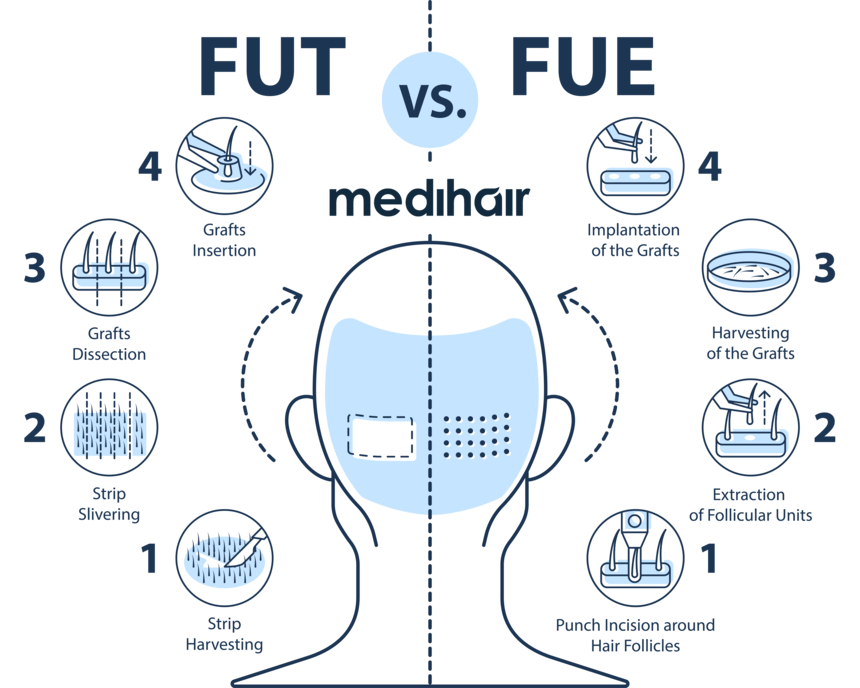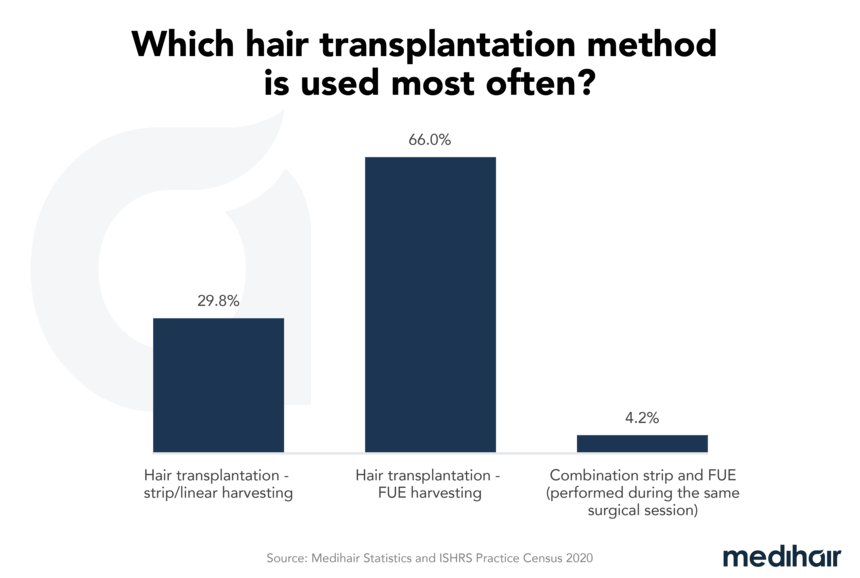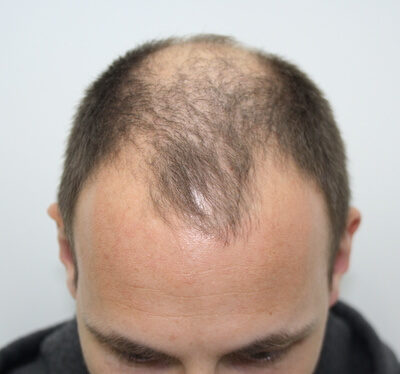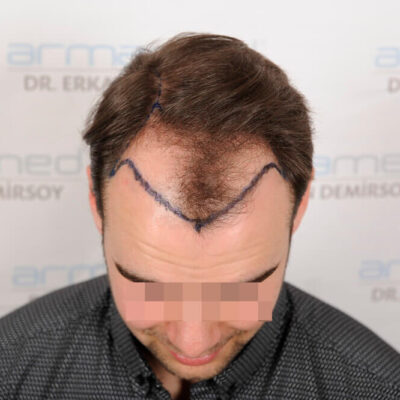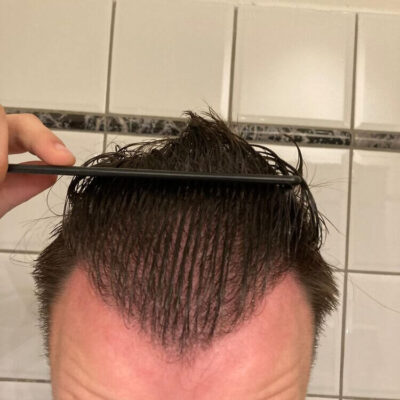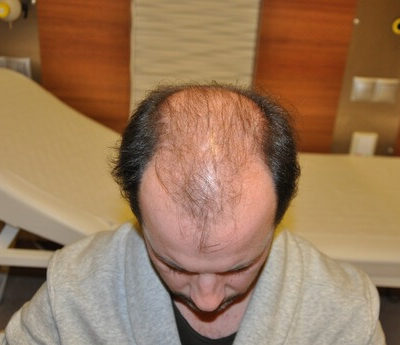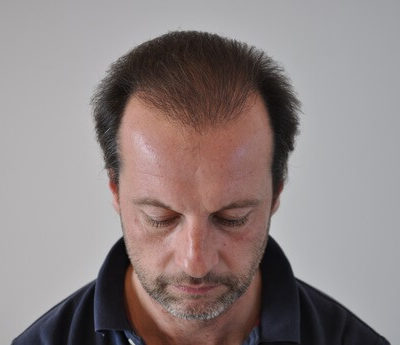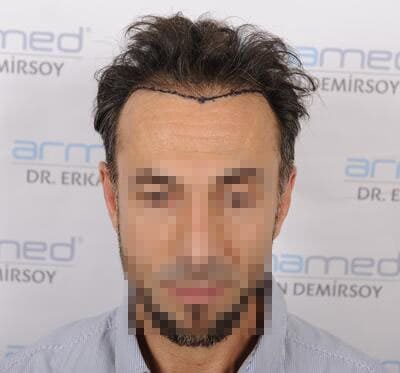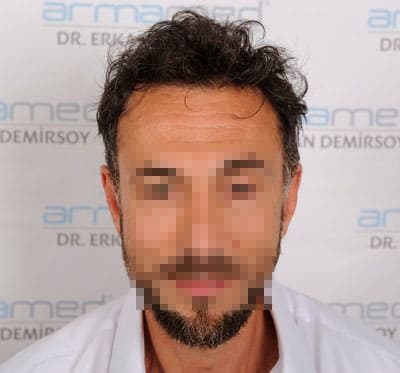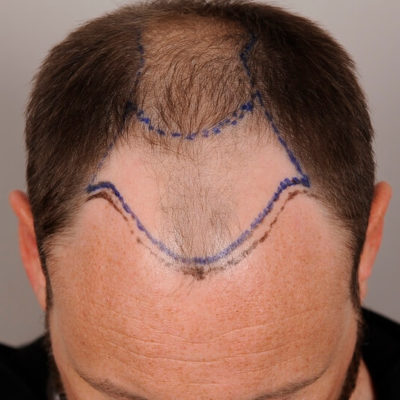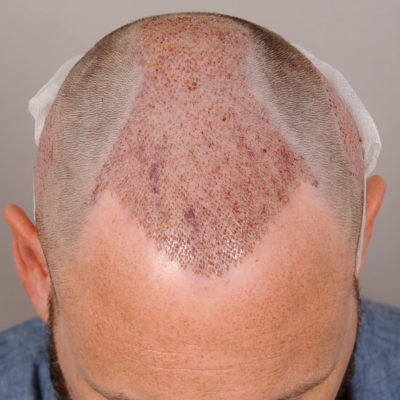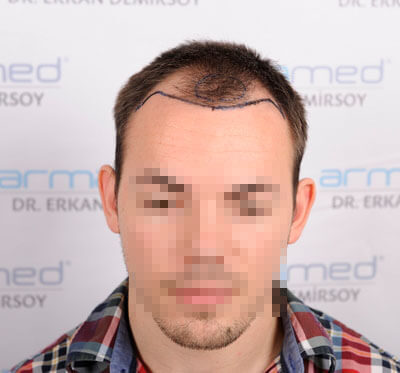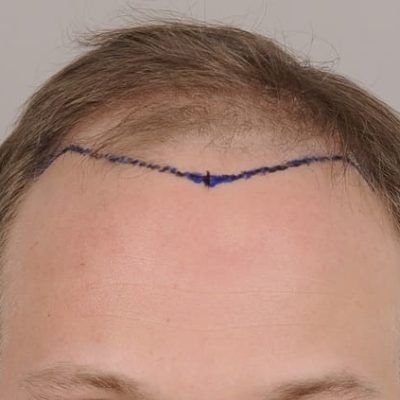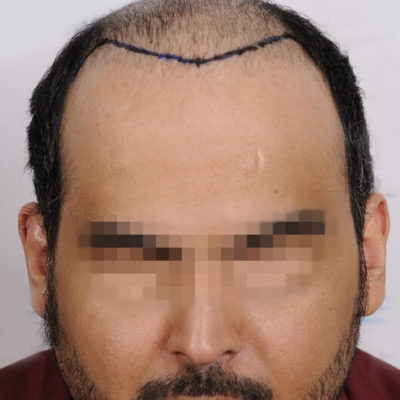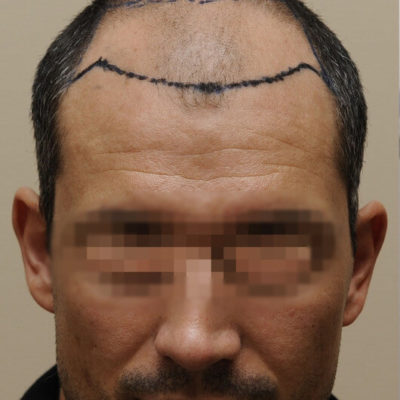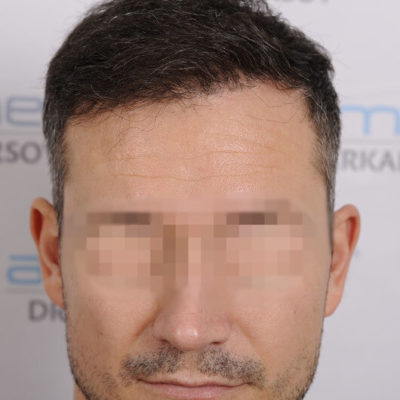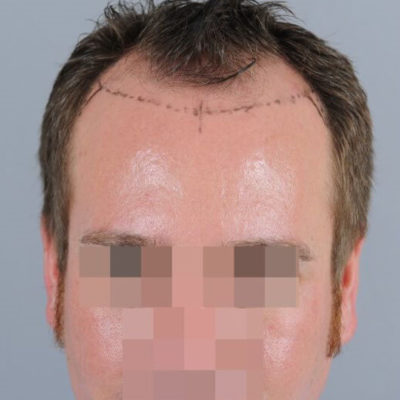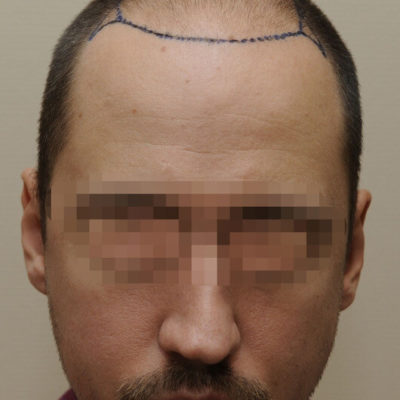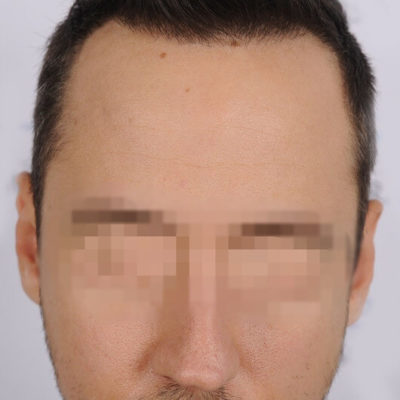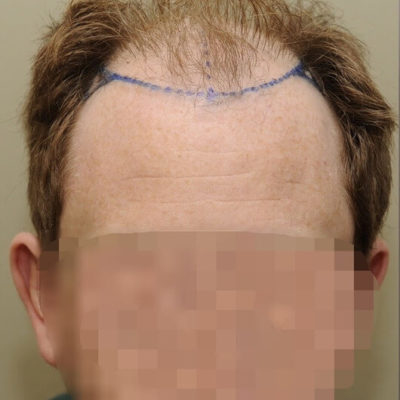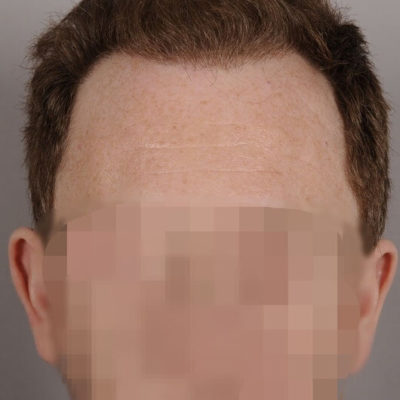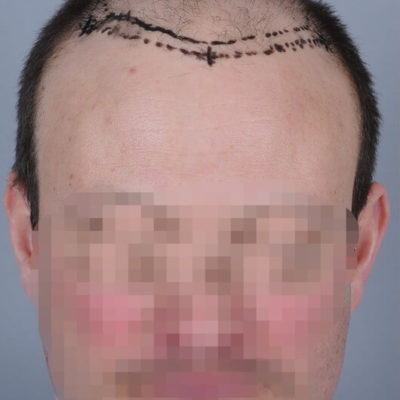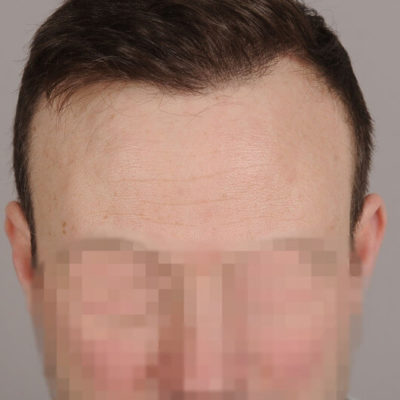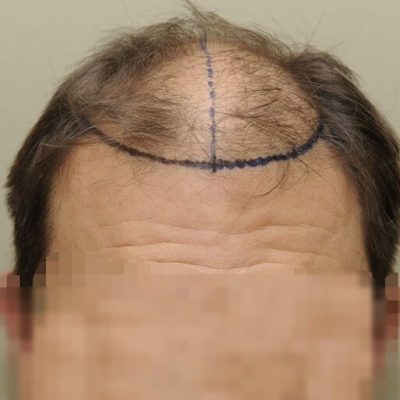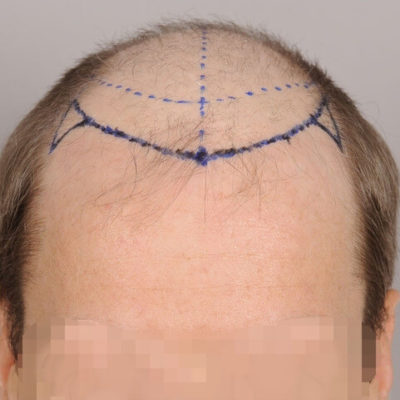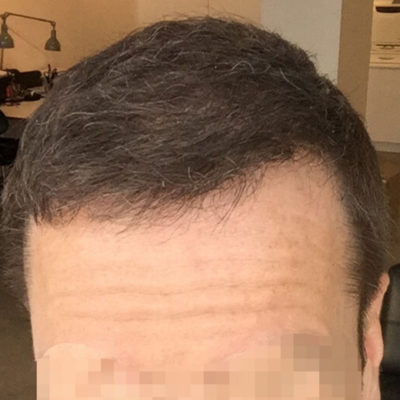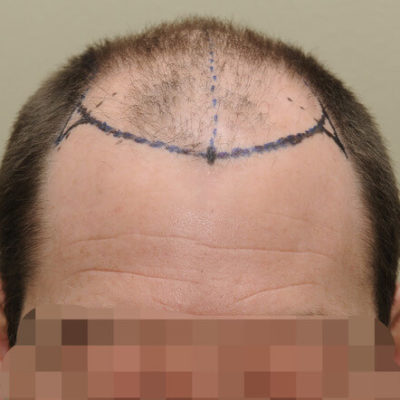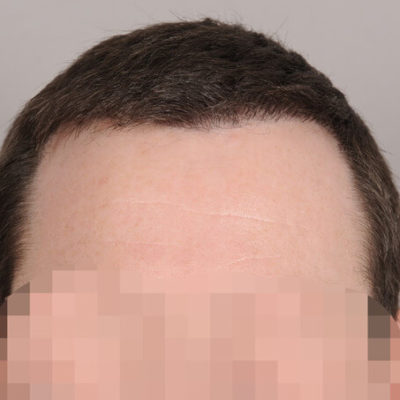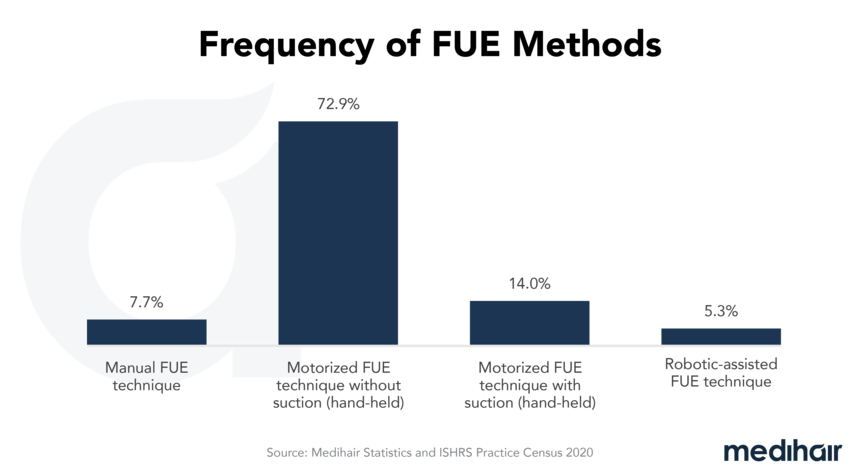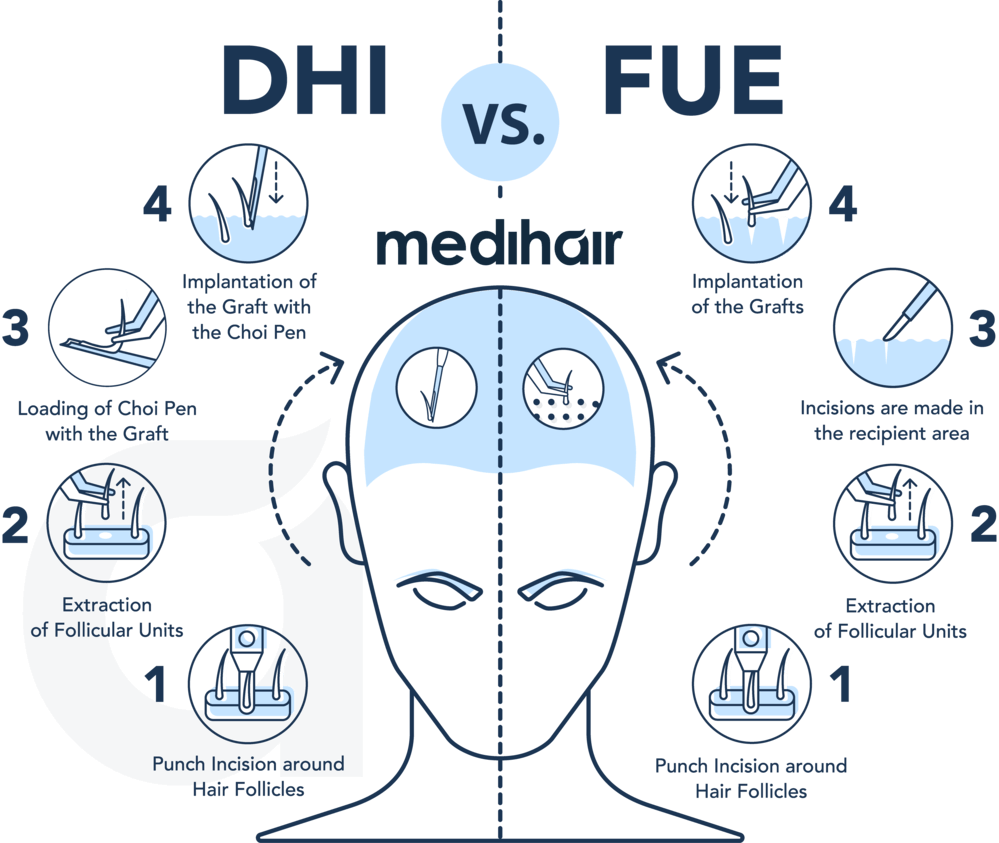Hair Transplant Methods (FUE, FUT etc.)

Hair transplantation originated in Japan and the USA. When it began, the methods for hair transplantation were not well-developed creating unnatural results that were very obvious. Since then, a lot has changed: the grafts (transplanted hair follicles) have become smaller, the operations easier and the methods more accurate overall.
With modern technology, a natural-looking result can be achieved and the scarring from the procedure very subtle. But what does modern technology mean? What exactly are the different methods of hair transplantation?
In a Nutshell
| Methods | FUE, FUT, ARTAS, DHI etc. |
| Cost | 2,000$ – 10,000$ |
| Provider | Verified Clinics |
- Free
- Fast
- Non-binding
| Pros FUT | Cons FUT |
|---|---|
| Large graft volume: Compared to the FUE method, a larger graft volume can be obtained in a short amount of time. This makes the procedure particularly suitable for patients with severe hair loss, especially in the tonsure area. | Scarring in the donor area: The visibility of the scar depends on the wound edges, wound closure and the size of the skin strip. Therefore, the treated doctor should work carefully and conscientiously. In most cases, however, the surrounding hair covers the scar. |
| No shaving required: Unlike the FUE method, the patient's head does not have to be shaved bald. | Shock Loss in the donor area: Refers to the risk of tissue trauma and resulting hair loss around the donor area. This risk is higher for the FUT method as a strip of skin is removed rather than small individual hairs. |
| Higher growth rate: The growth rate of the transplanted hair follicles is generally higher than in the FUE procedure. |
| Pros FUE | Cons FUE |
|---|---|
| Tissue-friendly: In contrast to the FUT method, the risk of shock loss is much lower, since the removal of the natural hair groups is more tissue-friendly. | Longer removal phase: Since the hair groups are removed individually, the removal phase with the FUE method takes longer than with the FUT method. The re-moval can be accelerated with the FUE method by using a hair transplantation robot (e.g., ARTAS). The FUE method is particularly suitable for filling the receding hairline. |
| No visible scars: The micro wounds in the removal area heal scar-free. | Lower growth rate: The growth rate with the FUE method is often lower than with the FUT method. |
| Exact graft harvesting: Compared to the FUT method, the FUE method allows the exact number of grafts needed to be harvested. | Shaving is required: The donor site, usually the back of the head, must be shaved bald for the hair removal. |
| Pros Robot | Cons Robot |
|---|---|
| Time saving: In contrast to the manual removal of grafts, the ARTAS robot can remove hair faster while maintaining the same quality. | Higher costs: It is not uncommon for machine-assisted hair transplantation using the ARTAS robot to be more expensive than the fully manual hair transplantation. |
| No visible scars: The resulting micro wounds in the donor area heal without scarring. | Lower growth rate: The growth rate of the FUE method with ARTAS robot is still lower than the FUT method. |
| Exact transplantation: Only the exact number of grafts required is harvested, taking into account the quality of the hair. | Shaving is required: The donor site, usually the back of the head, must be shaved bold for the removal of the hair groups. |
| Pros DHI | Cons DHI |
|---|---|
| Partial shaving possible: With the DHI method, partial shaving or no shaving is possible with this method of hair transplantation. | Higher costs: Usually, hair transplantation with the DHI method is slightly more expensive than FUE or FUT. |
| No visible scars: The resulting micro wounds in the donor area heal without scarring. | Limited availability: The DHI method is still relatively new. Accordingly, there are few providers that use this method. Most of them are located abroad. |
| Higher hair density: Due to the possibility of transplanting more hair per square centimeter on average, the DHI method allows a higher hair density. | Lower graft count: The DHI method is very time-consuming. Therefore, usually fewer grafts can be transplanted. A good threshold value is around 3000 grafts per session. |
| Pros BHT | Cons BHT |
|---|---|
| Higher number of possible grafts: In contrast to other methods, additional grafts can be obtained with the BHT method outside of the traditional donor area. So-called "giga sessions" can take place, in which several thousand grafts are transplanted. | Longer extraction phase: Since the hair groups are extracted individually with high precision, the BHT takes a correspondingly long time. |
| Possible solution in cases of severe hair loss: Often patients with too little hair in the donor area are rejected. The BHT method as a supplementary measure can also help patients with these issues to achieve full hair. | Lower growth rate: The growth rate of the BHT method is the lowest compared to all other methods listed. |
| Multiple donor areas: The BHT method uses several donor areas. For example, the chest, the belly, the beard, the back or even the legs are possible. | High costs: The costs of the BHT are significantly higher than those of other hair transplants due to the time required and the complexity of the procedure. |
Frequently Asked Questions
Is the FUE hair transplant procedure painful?
How dangerous is hair transplantation?
What are FUE Grafts?
What is the best hair transplant method?
Sources
